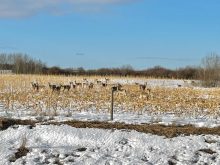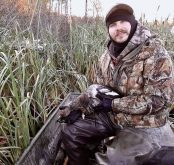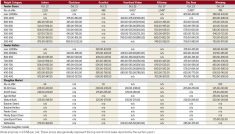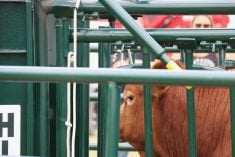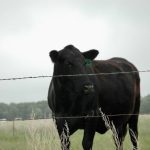Manitoba’s beef producers want more resources to go after problem predators.
In particular, according to farmers stepping up to the mic during the Manitoba Beef Producers (MBP) annual meeting in early February, there are issues with wolves.
Interlake producer Glen Metner said that farmers in his area have individually lost dozens of head, sometimes despite the use of guardian animals and despite a number of wolves being removed.
Read Also
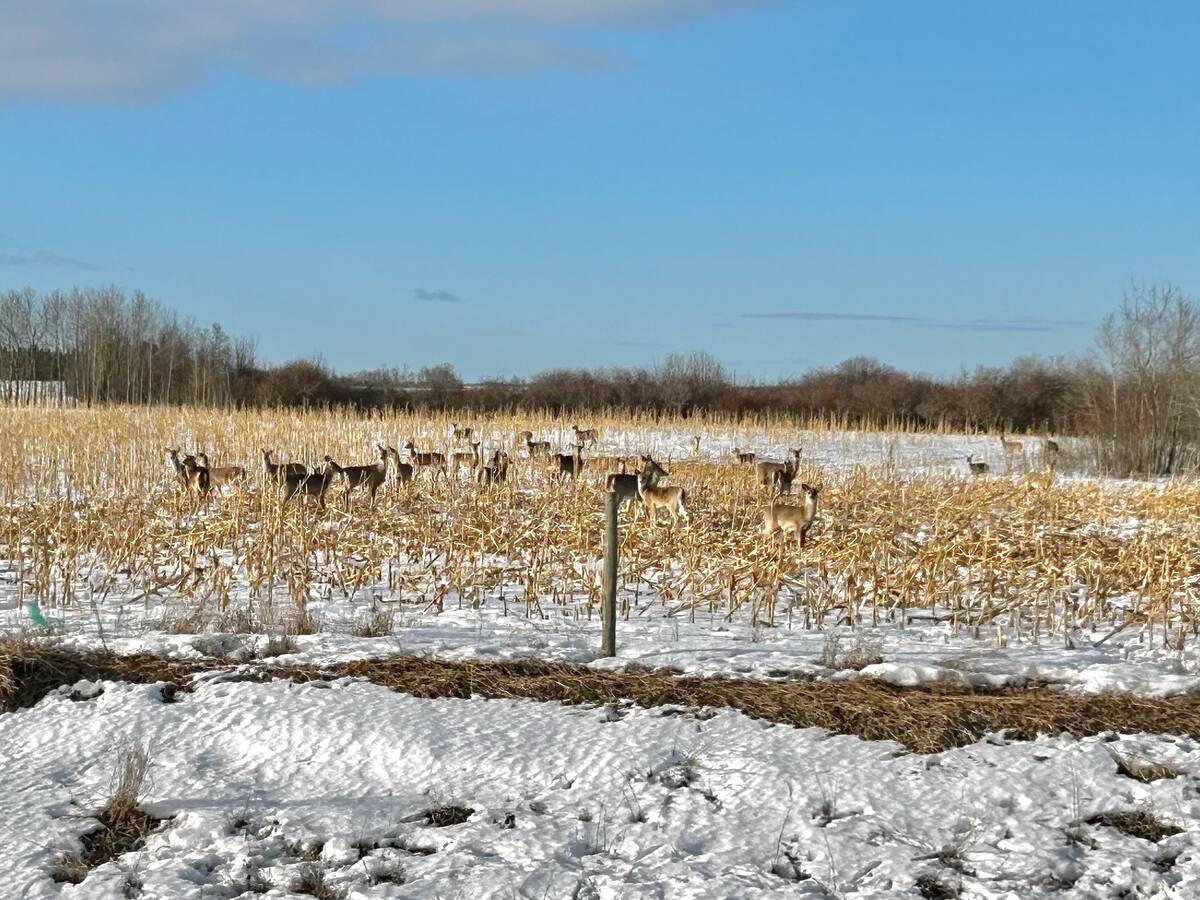
Manitoba launches CWD tracking tool
A newly launched digital dashboard allows hunters to track where chronic wasting disease has been confirmed in Manitoba
His district sponsored a resolution looking for more provincial investment, including a rapid response process. The resolution gained overwhelming support from MBP members.
Why it matters: Livestock predation has been an ongoing thorn in the side of outdoor livestock sectors, despite initiatives meant to test mitigation measures.
Producers can currently get help from the Manitoba Trappers Association through the Manitoba Problem Predator Removal Program. That program is available for farms that have registered a loss that year through the Manitoba Agricultural Services Corporation.
But producers argue that there are often not enough trappers to go around, and that by the time someone from the trappers association arrives, additional losses have often occurred.
“It puts quite a stress on the producer,” one farmer, Robert Metner, said in support of the resolution.
Mary Pazuik, an MBP director and producer near Dauphin, noted there have been increased problems on the western edge of the district around Roblin.
Those are some of the same areas where chronic wasting disease was found in the last few years, and where tighter deer population controls were instituted, she noted.
There is currently no official substantiated link between those issues and increased predation in the area.
“As long as you can live with the animals, that’s great, but once you’ve got one or two generations that have been trained to feed on your animals, there is no other option with them…They’re not going to go back to chasing something through the bush if they can have their plates in front of them,” Pazuik said.
Former MBP president Tom Teichroeb also spoke in favour of the push.
There is an “approximate 15-time return” for any funds the government puts to tamp down on predation when compared to the insurance payout for losses, he argued.
“I think we really, really need to move to that stage where we’re dealing with this,” he said. “We’ve talked about this for 20 years.”

Hard to pin down
Wolf behaviour can present a challenge for removal, said Ray Bittner, lead of MBP’s Livestock Predation Prevention Project (LPPP).
“There are three different types of wolves that are an issue,” he said. “One is an alpha pair with a bunch of pups. So, they’re going to live in your pasture and a couple of neighbours’ pastures.
There is the pack of wolves, which is young, immature wolves or older wolves that haven’t found a place yet and they run around the community, not just one or two pastures. They run around thousands of acres, a 20 to 30 mile circle and they come back every 20 days or something like that. And then the final issue is the lone wolf.”
That last classification, Bittner noted, ranges too far, too quickly for most removal methods. Likewise, he said, removal would be a challenge with the pack of wolves, given their large range and sporadic return schedule. That makes the localized pair the easiest to remove.
And while the project has been testing means to keep predators and livestock safely away from each other, “once they’ve caused carnage and grabbed cows and calves and yearlings and stuff like that, it’s come to a point where they’ve exceeded their stay,” Bittner said.
The LPPP was established in 2020, following repeated calls for a deeper look into predation and how to avoid it. Since then, the project has attempted to hone in on actual predation numbers in Manitoba, as well as put a laundry list of prevention strategies to the test.
As of late 2021, the project rolled out funding to partially cover things like veterinarian consultations, predator-resistant fencing and GPS ear tags or collars to track cow location and behaviour. Producers could get help to install game cameras, fox lighting and fladry wire to discourage predator proximity and deadstock composting to avoid unnecessarily enticing predators into the pasture.
The project is now in its final year assessing those measures.
Some mitigation measures, however, are ill-suited to the big ranch, producers at the February meeting argued.
“I know the other methods are great. They do not work in a Manitoba, larger rural setting, so we need to move on,” Teichroeb said.
Pazuik, likewise, noted that some mitigation measures tested in her area seemed to have little effect in large operations.
The issue is one of geography more than farm size, according to Bittner. Operations that pasture a distance away from the home quarter have more challenge in keeping predators away.
“The first thing that Manitoba as a whole needs to do is we need to improve our knowledge of population of wolves,” Bittner said.
He noted that if populations are excessive in one region there are clear signs like beef cattle losses and wildlife losses like declining moose populations.
“We’ve seen that, where moose [hunting] areas in Manitoba are closed, because there’s almost no moose left,” he said.
When that happens there’s justification for a year-round trapping program, managed with data from aerial surveys and other sources, to manage the wolf population, he added.
“Manitoba Beef Producers is not calling for a wolf cull. We’re calling for population management based on data,” Bittner said.
A producer study launched by the LPPP in 2020 reported that coyotes made up the bulk of farm losses, although those numbers included both cattle and sheep. Wolves accounted for just under 23 per cent of the loss.
A five-year analysis of predation insurance claims from 2015-2019 found 7,675 lost beef cattle, most of which were calves.




